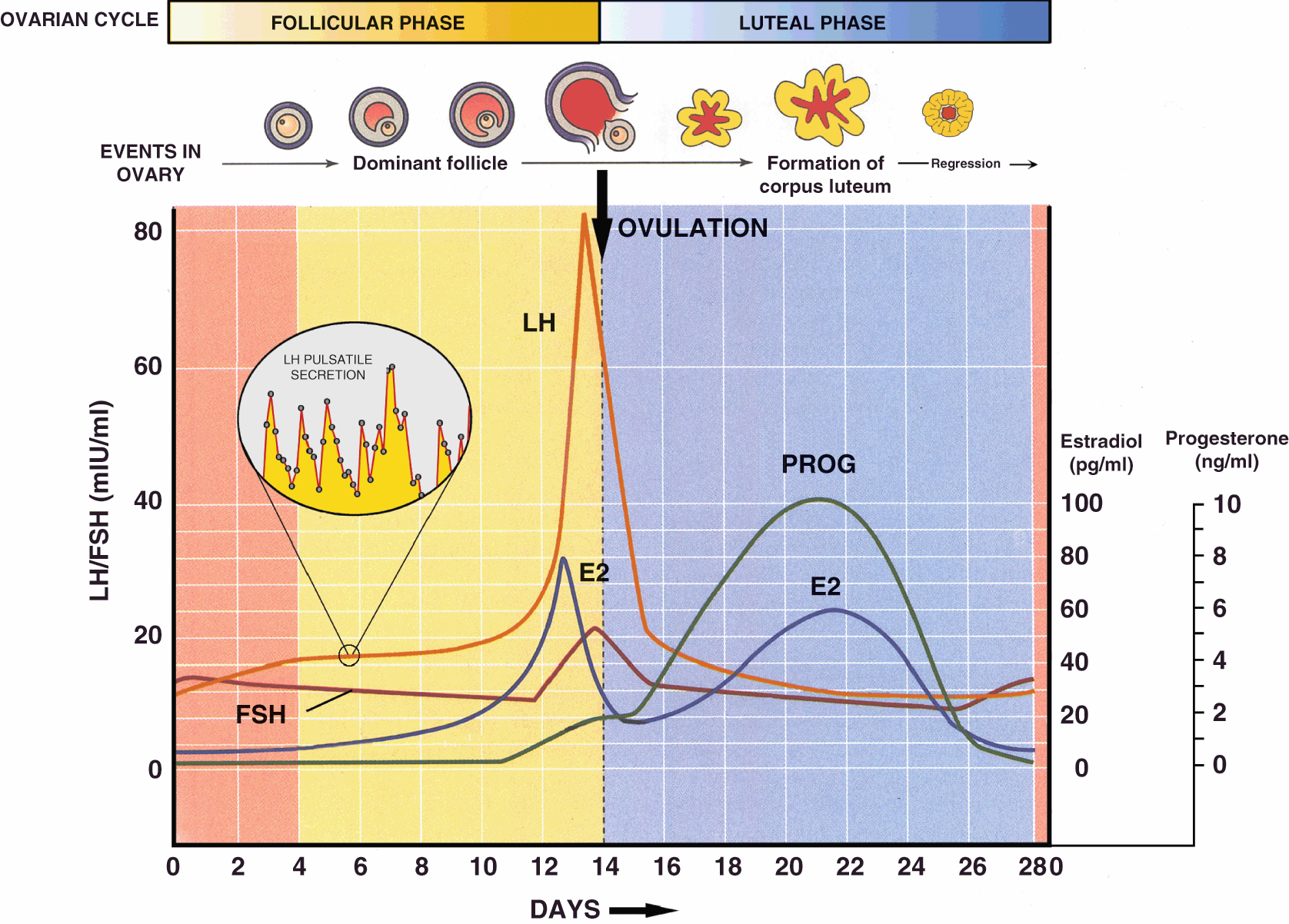

It was an agonizing illness the children lost weight despite eating well, became progressively weaker and cachectic, were soon plagued by infections, and eventually died of overwhelming acidosis. Before 1922, all children with diabetes died within 1 or 2 years of diagnosis. However, the prevalence is only ~1 in 10,000 in eastern Asia.

In the United States and Europe, insulin-dependent diabetes mellitus (IDDM), or type 1 diabetes, develops in ~1 in every 600 children in their lifetime. The discovery of insulin was among the most exciting and dramatic events in the history of endocrine physiology and therapy. These three communication mechanisms allow for tight control over the synthesis and secretion of islet hormones. Adrenergic stimulation can have either a stimulatory or inhibitory effect, depending on whether β-adrenergic (stimulatory) or α-adrenergic stimulation (inhibitory) dominates (see Chapter 50). Cholinergic stimulation augments insulin secretion. Neural communication. Another level of regulation of islet secretion occurs through innervation from both the sympathetic and the parasympathetic divisions of the autonomic nervous system (ANS). Cells within an islet can communicate through gap junctions, which may be important for the regulation of both insulin and glucagon secretion.ģ. Cell-cell communication. Both gap and tight junctional structures connect islet cells with one another. For example, glucagon is a potent insulin secretagogue, insulin modestly inhibits glucagon release, and somatostatin potently inhibits the secretion of both insulin and glucagon (as well as the secretion of growth hormone and other non-islet hormones).Ģ. Cells within a given islet can influence the secretion of other cells as the blood supply courses outward through the islet carrying the secreted hormonal product of each cell type with it. In the rat-and less strikingly in humans-β cells are more abundant in the center of the islet, whereas α and Δ cells are more abundant in the periphery. The blood supply of the islet courses outward from the center of the islet toward the periphery, carrying glucose and other secretagogues. We can group these communication links into three categories:ġ. These cells also can communicate with each other and influence each other’s secretion. The cells within an islet receive information from the world outside the islet.

Table 51-1Products of Pancreatic Islet Cells α Cells principally secrete glucagon, δ cells secrete somatostatin, and F cells (also called pancreatic polypeptide cells) secrete pancreatic polypeptide. β cells are the most numerous type of secretory cell within the islets they are located throughout the islet but are particularly numerous in the center. β Cells secrete insulin, proinsulin, C peptide, and a recently described protein, amylin. Islets contain at least four types of secretory cells-α cells, β cells, Δ cells, and F cells-in addition to various vascular and neural elements ( Fig. Islets can be oval or spherical and measure between 50 and 300 μm in diameter. The normal human pancreas contains between 500,000 and several million islets. The pancreas contains two types of glands: (1) exocrine glands, which secrete digestive enzymes and HCO − 3 into the intestinal lumen (see Chapter 43) and (2) endocrine glands, called the islets of Langerhans. Medical Physiology A Cellular and Molecular Approach, Updated 2nd Ed.


 0 kommentar(er)
0 kommentar(er)
